If people start talking about the Martin B-26 Marauder, the first thing you might think about is its unfortunate nickname of Widowmaker. Sadly, the reputation wasn’t undeserved, at least early on.
This was a twin-engine medium bomber designed at the tail end of the 1930s, driven by the immediate need for a fast bomber for the U.S. Army Air Corps. Basically, build it fast and make it fast. Martin’s teams responded with what ended up being a pretty radical design: short wings for speed, a beefy streamlined fuselage, and two massive Pratt & Whitney R-2800 Double Wasp engines.

It could haul a decent bomb load, fly faster than other bombers in its class, but it also had a nasty stall speed and picked up a bunch of nicknames nobody at the factory would want to hear. Later, of course, the design got tweaked — longer wings, more armor, heavier guns — and by the end of its service, the Marauder had racked up over 110,000 sorties and had the lowest loss rate of any Allied bomber in WWII.
But for many, the reputation stuck. If you want to understand how the B-26 went from potential death trap to respectable workhorse, you have to look at what went right and what nearly went very wrong. Here’s how it happened.
B-26 Marauder Origins
In 1939, the U.S. Army Air Corps issued proposal 39-640 for a twin-engine medium bomber. The Glenn L. Martin Company, a Baltimore, Maryland company, responded. Other companies also entered the fray with Douglas, North American and Stearman being the main competitors.
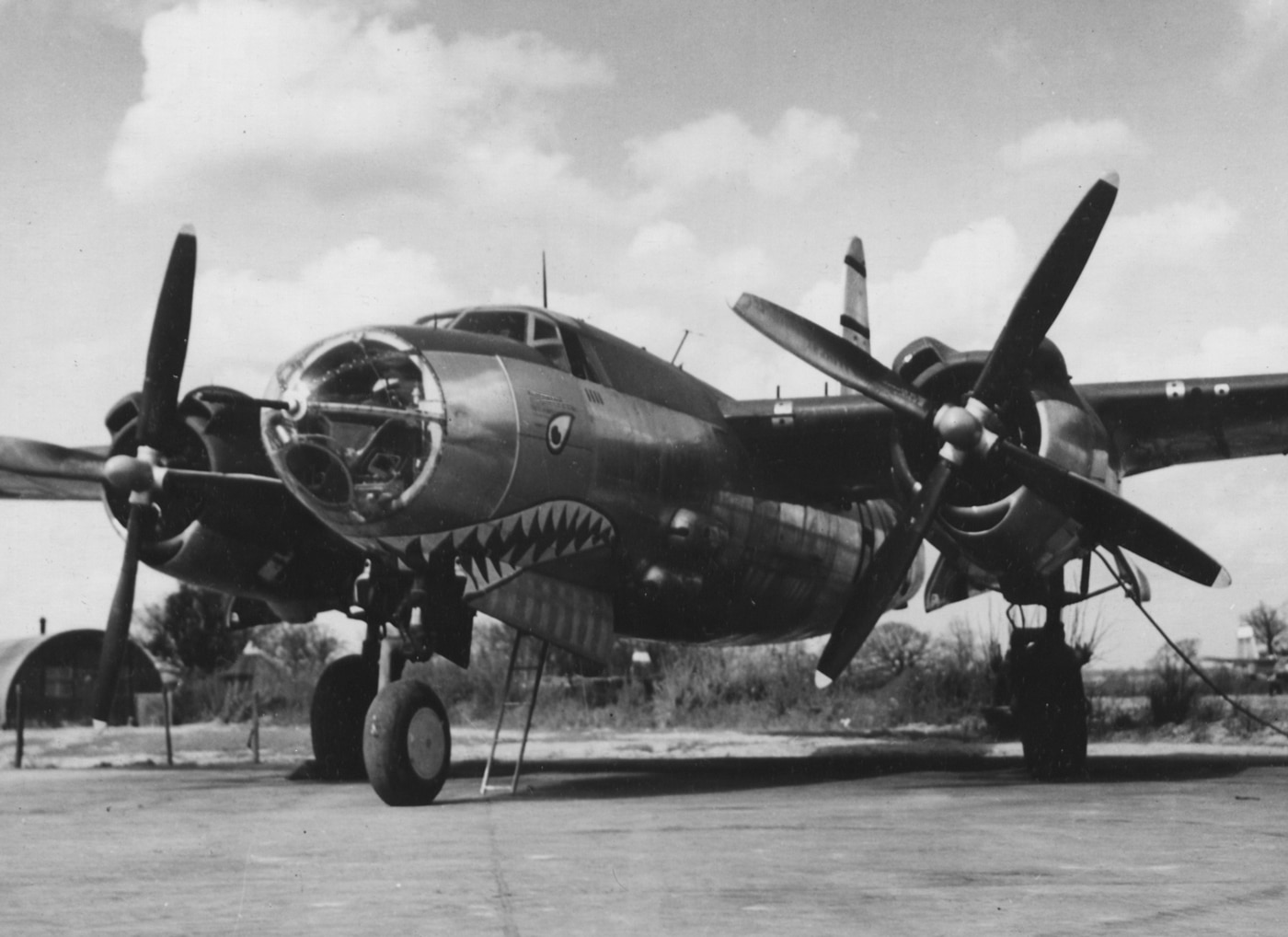
The Martin proposal was issued a company designation of 179 for their entry. Engineer Peyton Magruder was assigned as the 179 project engineer. High speed was clearly the most important aspect of the new bomber requested by the Army Air Corps. Little else seemed to carry the same weight in the design specs.
To achieve the performance wanted, Magruder’s team decided on a short wingspan of 65 feet, shoulder-mounted wings for fuselage space and room for ordnance. Initially, a twin vertical tail was chosen for better control.
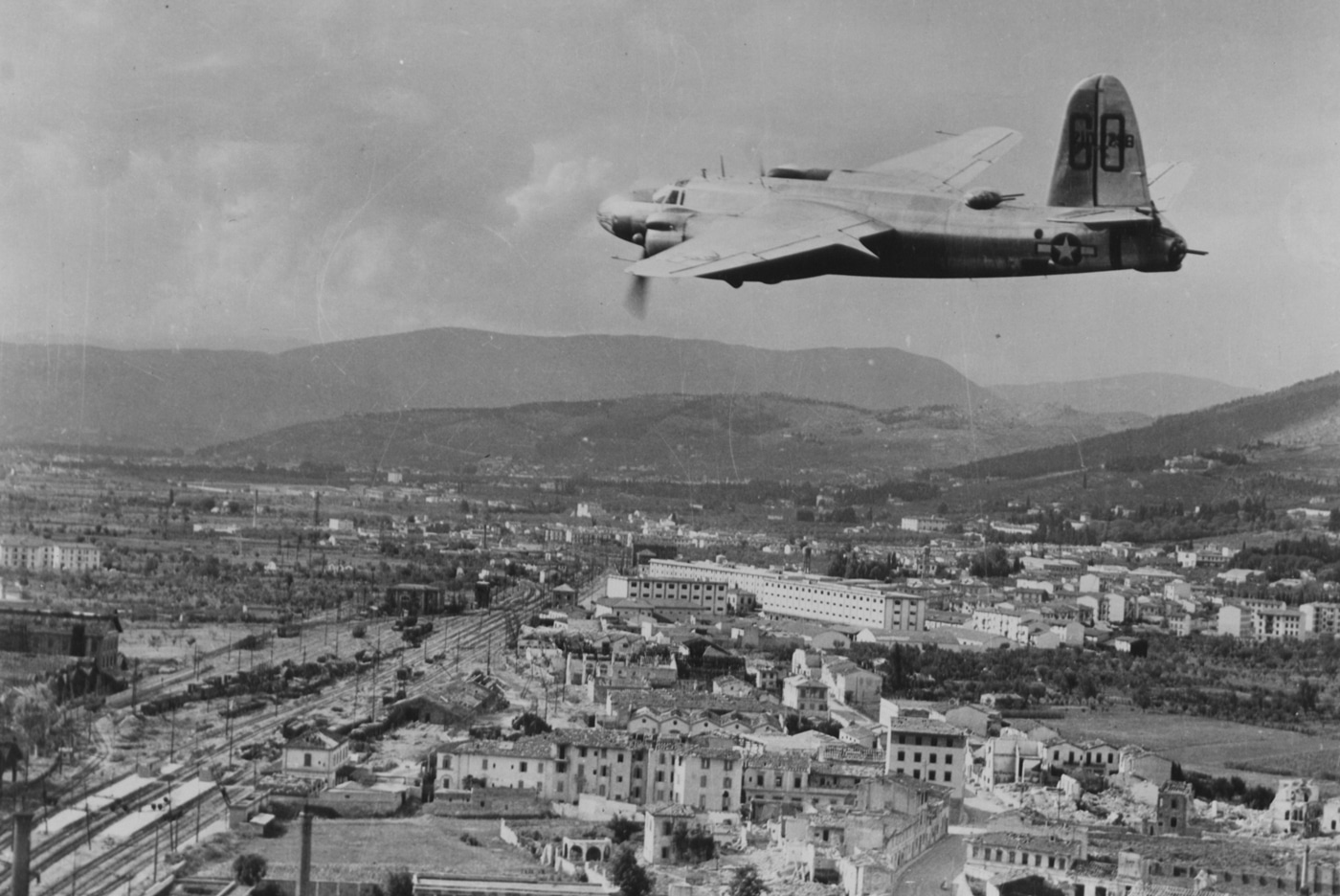
However, wind tunnel testing of prototype models proved the twin tail did not deliver the stability the team wanted. The tail was changed to a single fin which had the added benefit of providing a wider field of view to the tail gunner.
The Marauder got its power from two Pratt and Whitney R-2800-5 Double Wasp supercharged air-cooled radials that put out 1,850 HP each.
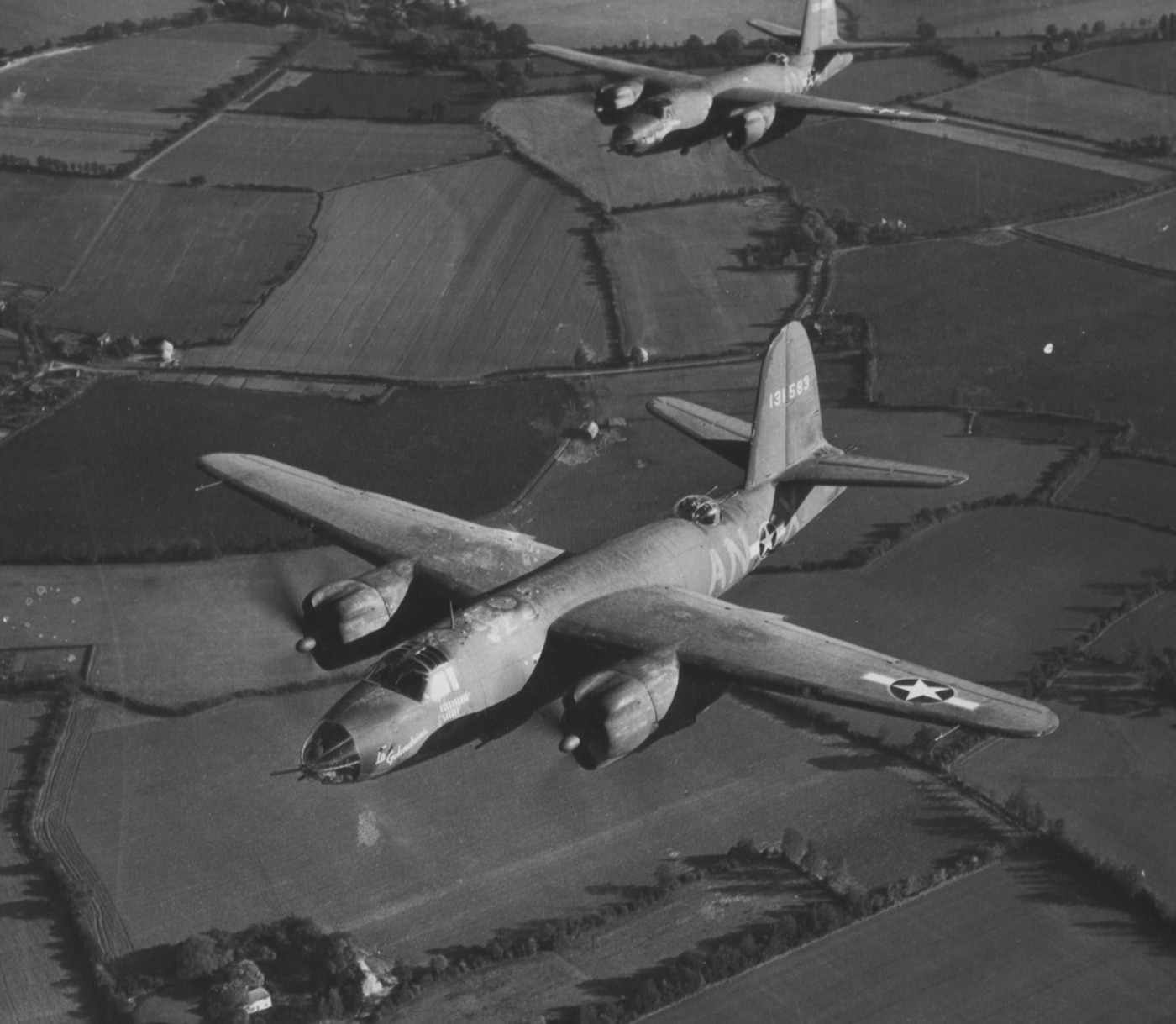
The two bomb bays were designed in a tandem fashion, with the front bay doors folding in an accordion fashion and the rear doors in a clamshell fashion. The Marauder could carry two 2,000-lb. bombs in the front bay or 5,800 lbs. of smaller ordnance if the rear bay was used. At full capacity, the performance was significantly reduced, and the rear bay was generally used for extra fuel.
The “Widowmaker”
The B-26 had a few technical issues. When the first Marauders were assigned to the 22nd Bombardment Wing at Langley AFB, several nose gear strut failures were blamed on a faulty design. The truth was that, due to a logistics problem, the initial aircraft were not equipped with their machine guns.
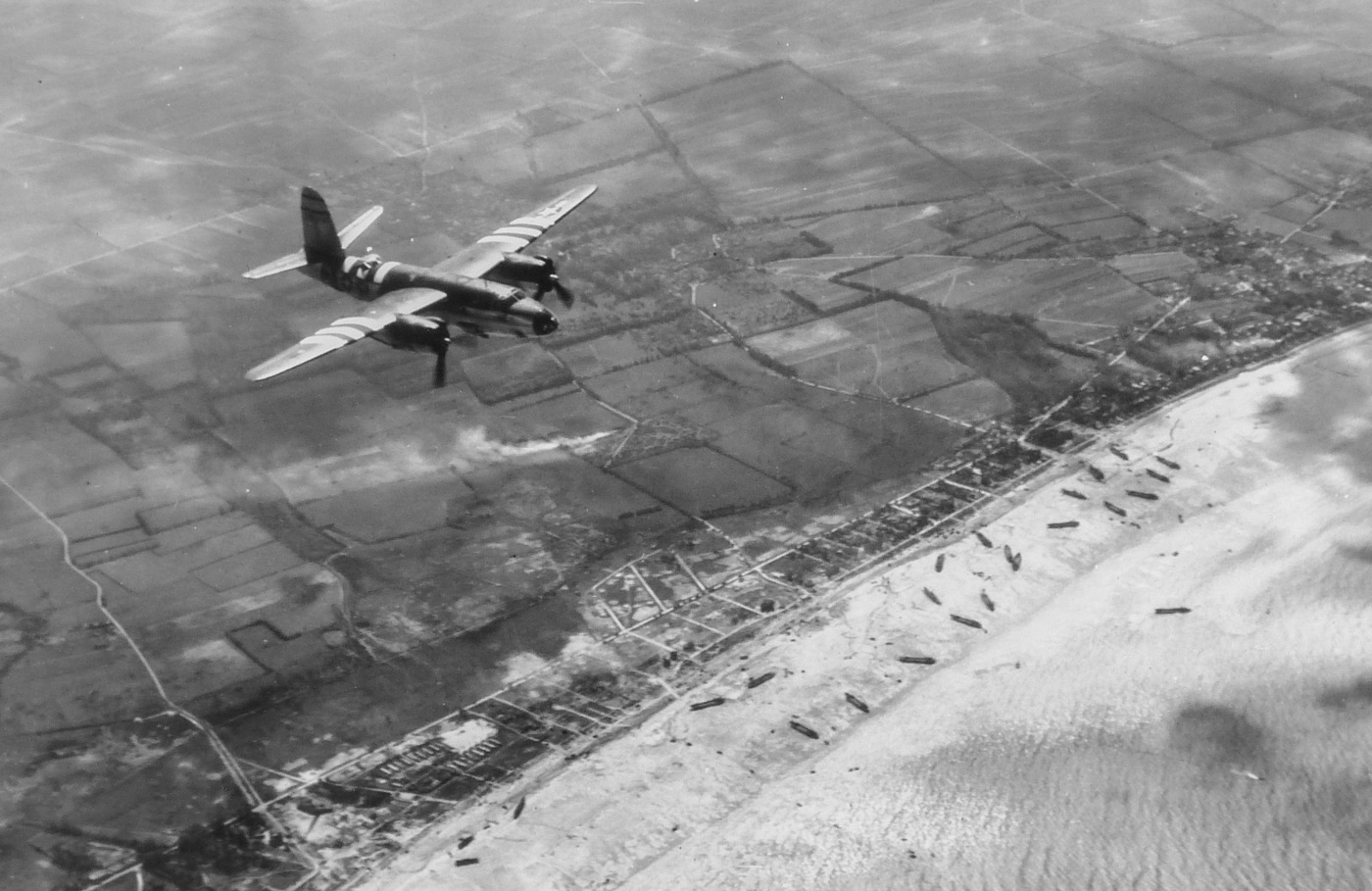
During testing, the planes were filled with spare parts and toolboxes matching the weight of the guns. Upon delivery, these items were removed, moving the center of gravity and causing a weight imbalance that resulted in increased load on the nose gear, causing the failures.
The main issue with the Marauder design was the small wing area, which required a high landing speed and a lower stall speed. This issue with the Marauder created an environment of fear among the new pilots. At MacDill Field, Florida, 15 crashes were reported in a 30-day period, leading B-26 crews to give the Marauder several catchy nicknames like the “Martin Murderer,” the “Flying Coffin,” the “Baltimore Whore,” and with 13 Marauders ditching in the bay, the catchphrase “One a Day in Tampa Bay” made the rounds.
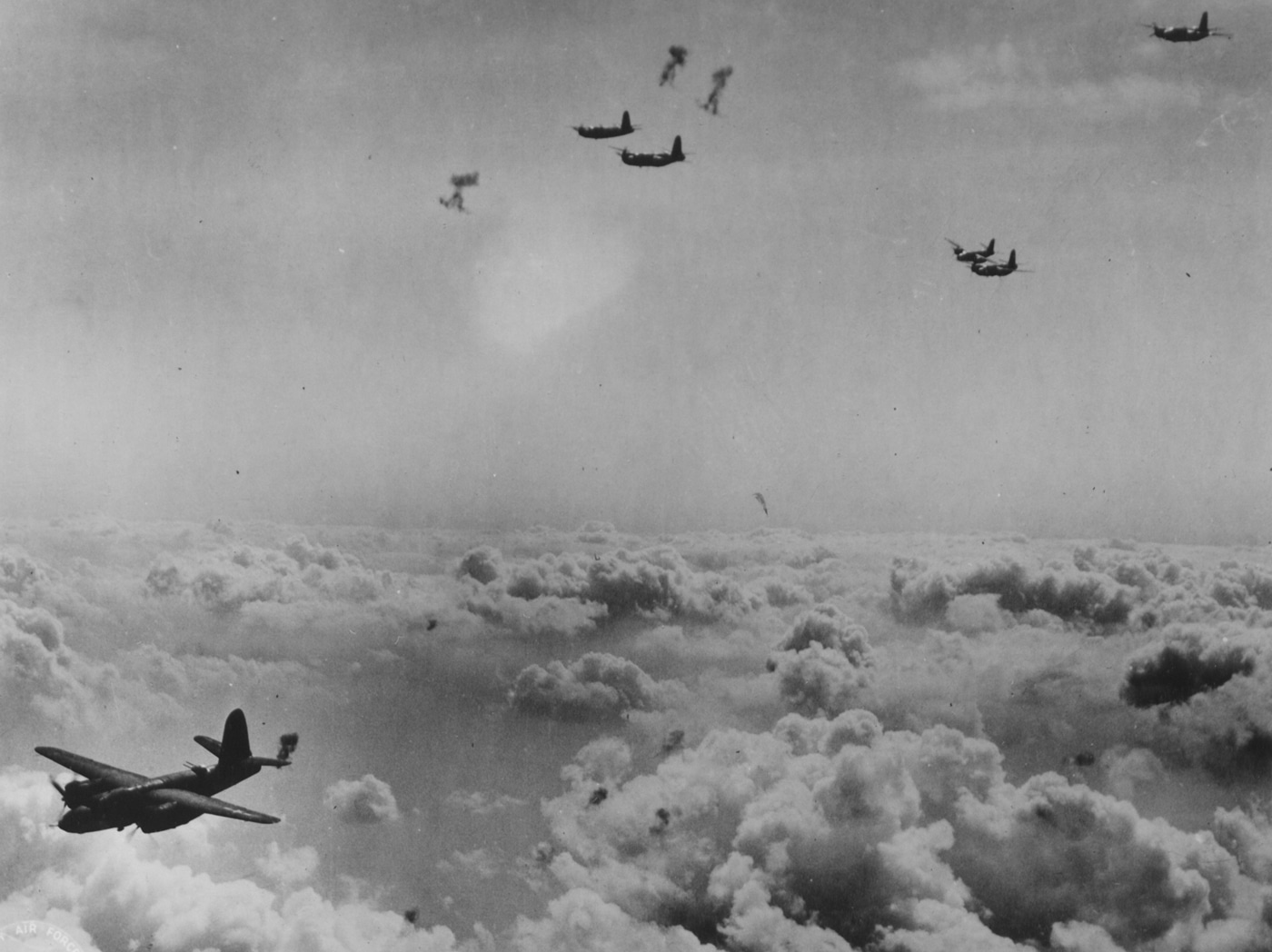
Another rumor amongst new pilots was the Marauder could not fly with only one engine. To disprove the rumor, the Army Air Corps brought Col. Jimmy Doolittle to MacDill Field to prove them wrong. They also trained 17 Women Airforce Service Pilots (WASPs) to fly the Marauder.
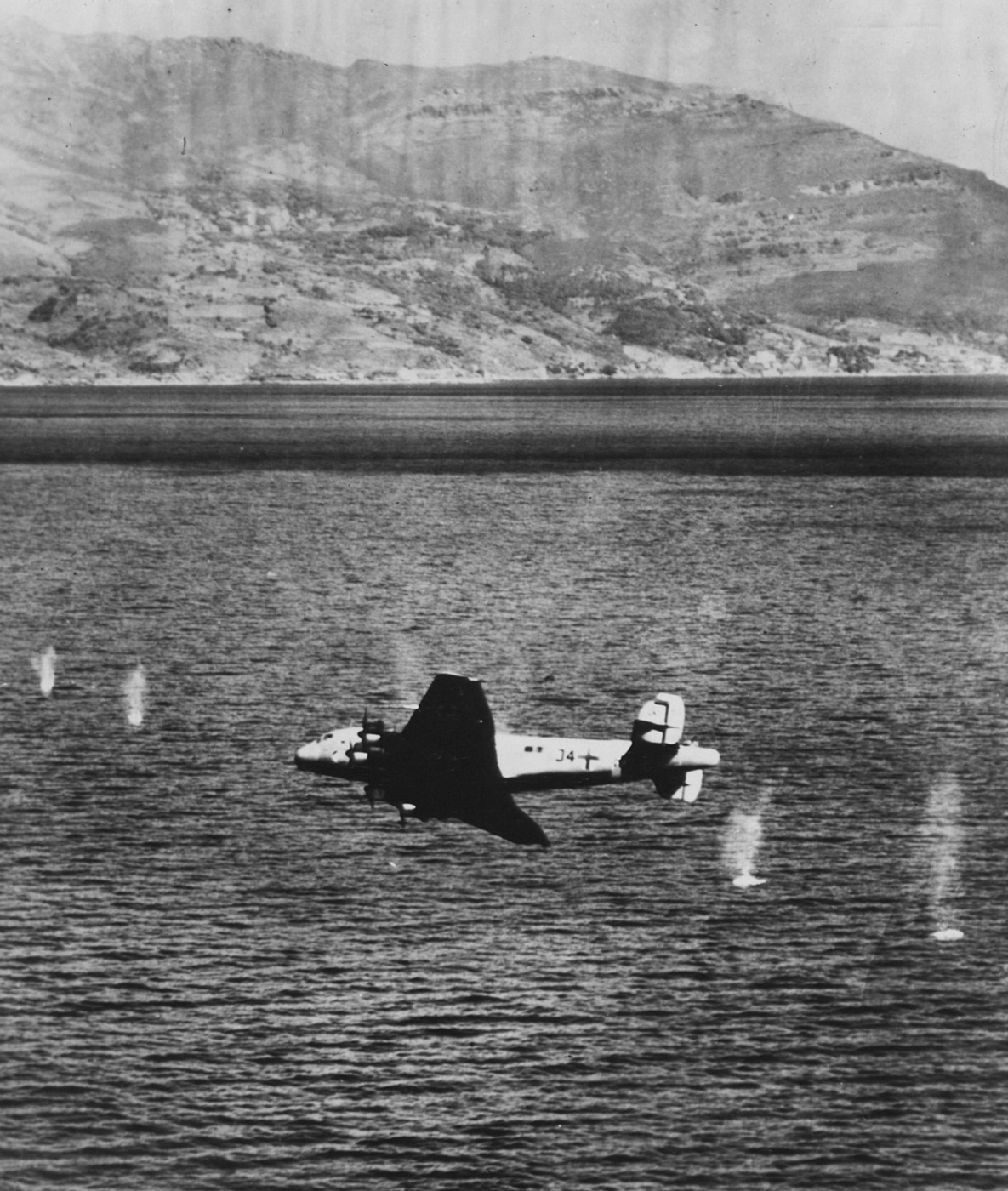
Another explanation for the many crashes was that new pilots were using low-performance Beechcraft AT-9 aircraft for basic flight training before transitioning to the high-performance Marauder, which was known to be a “hot ship.” It seems that there were plenty of faults in the deployment of the aircraft and no one thing could accept the full blame for the issues.
Senator Truman Is Angry
In the Autumn of 1942, Glenn L. Martin was called before a Senate Special Committee to investigate contractor abuses and the Marauder crashes. The meeting occurred at the Avon Park Bombing Range, FL. As if written into a movie, when the committee arrived, they were greeted by the still-burning wreckage of two Marauders.
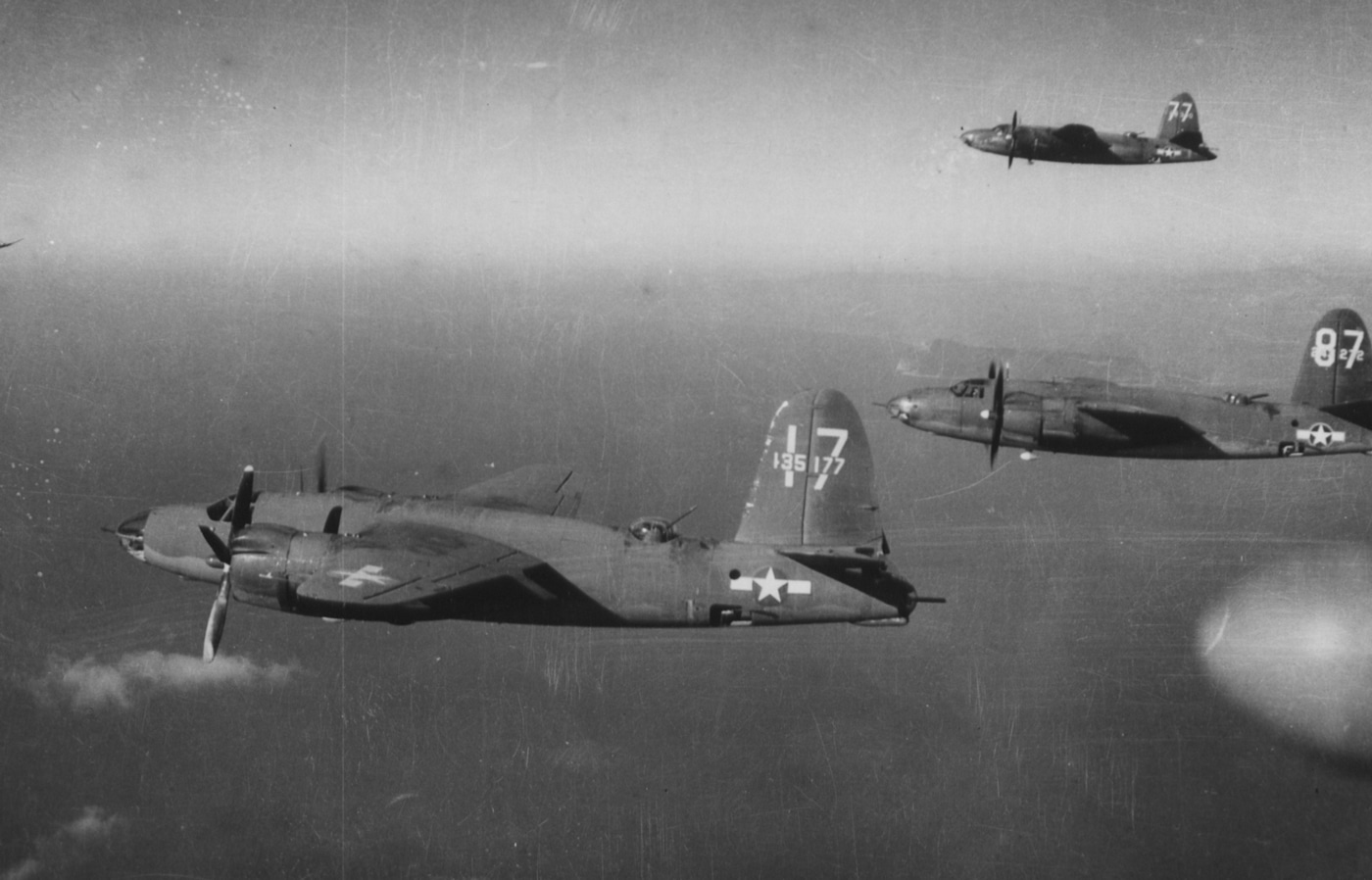
When Senator Truman asked Martin about the bomber’s issues, Martin replied that the wings were too short. Truman asked why they had not changed the design, and Martin replied that the plans were too close to completion and that they already had the contract.
Truman responded quickly and told Martin that the contract would be canceled. Martin changed his tune, and by February 1943, the Marauder B-26B had six more feet of wingspan, more armor, bigger guns and upgraded engines.
Operational Service
The Marauder was used primarily in Europe but saw initial Mediterranean and Pacific service. The 22nd Bombardment Group at Langley Field, Virginia, deployed to Australia and, on April 5, 1942, flew its first combat mission on Rabaul.
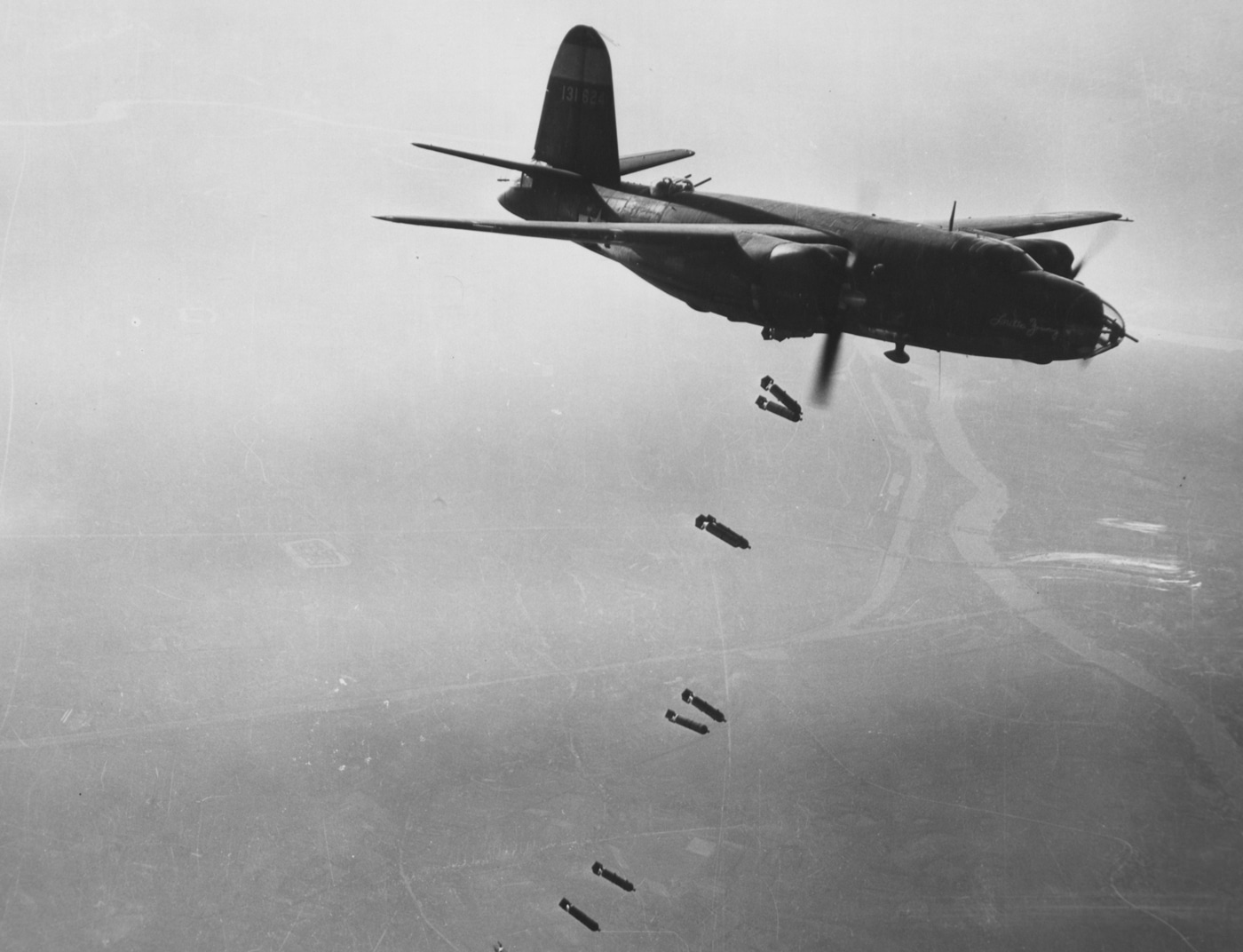
The 38th Bombardment Group (BG) began transitioning to the B-26 Marauder at Patterson Field, Ohio. While deployed, three Marauders from the 38th BG and two from the 22nd BG were detached to Midway Island during the buildup for the Battle of Midway. On June 4, 1942, the aircraft launched torpedo attacks on the Japanese fleet. Two Marauders were destroyed, and two were damaged so severely that they were scrapped.
The Marauder “Susie Q” dropped its torpedo and, while seeking to escape, was pursued by Japanese fighters and flew so close to the Japanese Carrier Akagi that the fighters had to hold their fire to avoid striking their own ship.
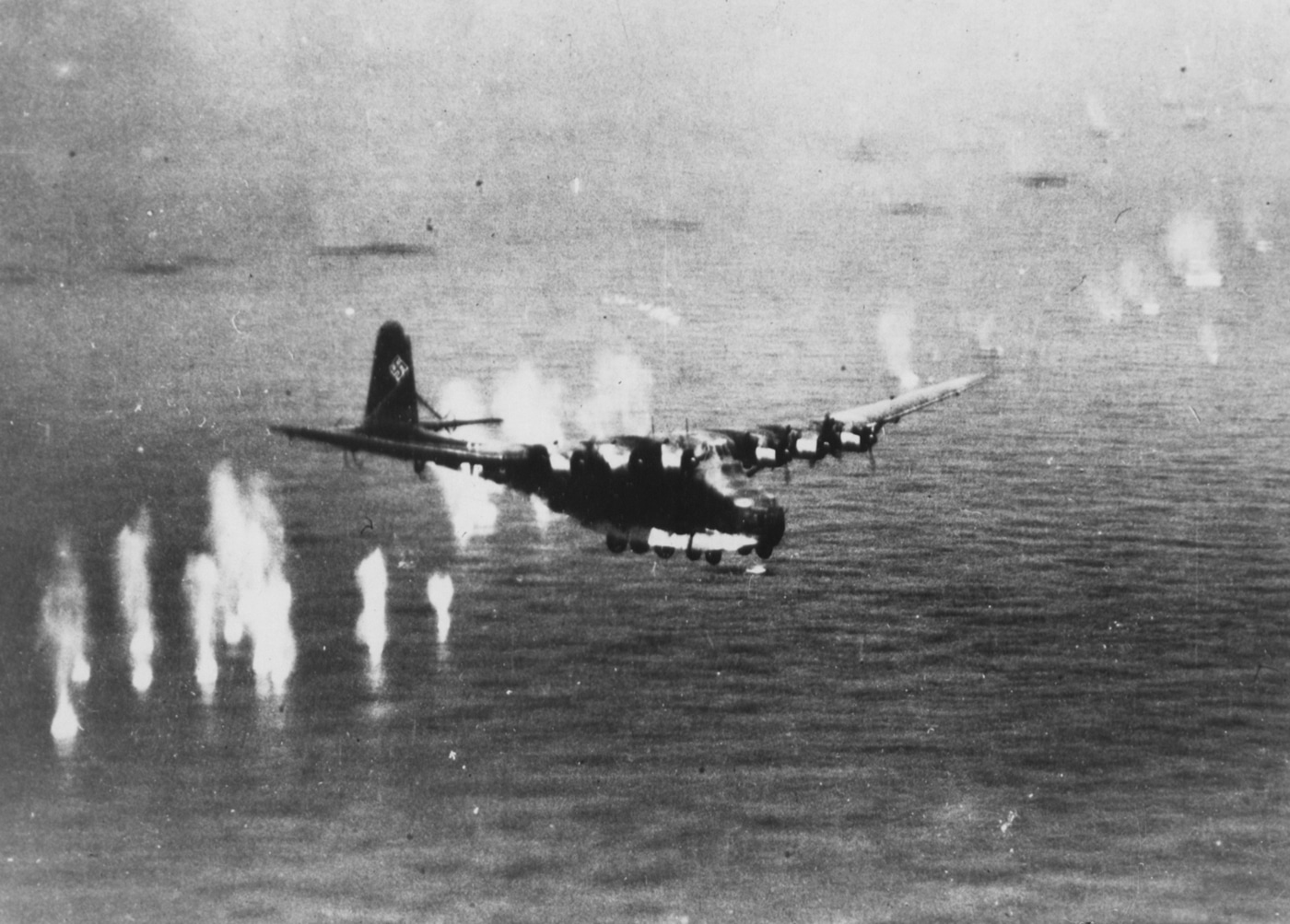
Starting in June 1942, the 38th BG was flying missions out of New Caledonia and Fiji. In 1943, the B-26 began phasing out from Pacific theater service and was replaced by the B-25 Mitchell.
In May 1943, the B-26 began operations with the 8th Air Force, 322nd Bombardment Group in Europe. On their second mission, an attack on a power station proved deadly when an entire flight of 11 Marauders was shot down by Luftwaffe Focke-Wulf Fw 190 fighters. The B-26 was pulled after this disaster and transferred to the 9th Air Force in preparation for the invasion of France.
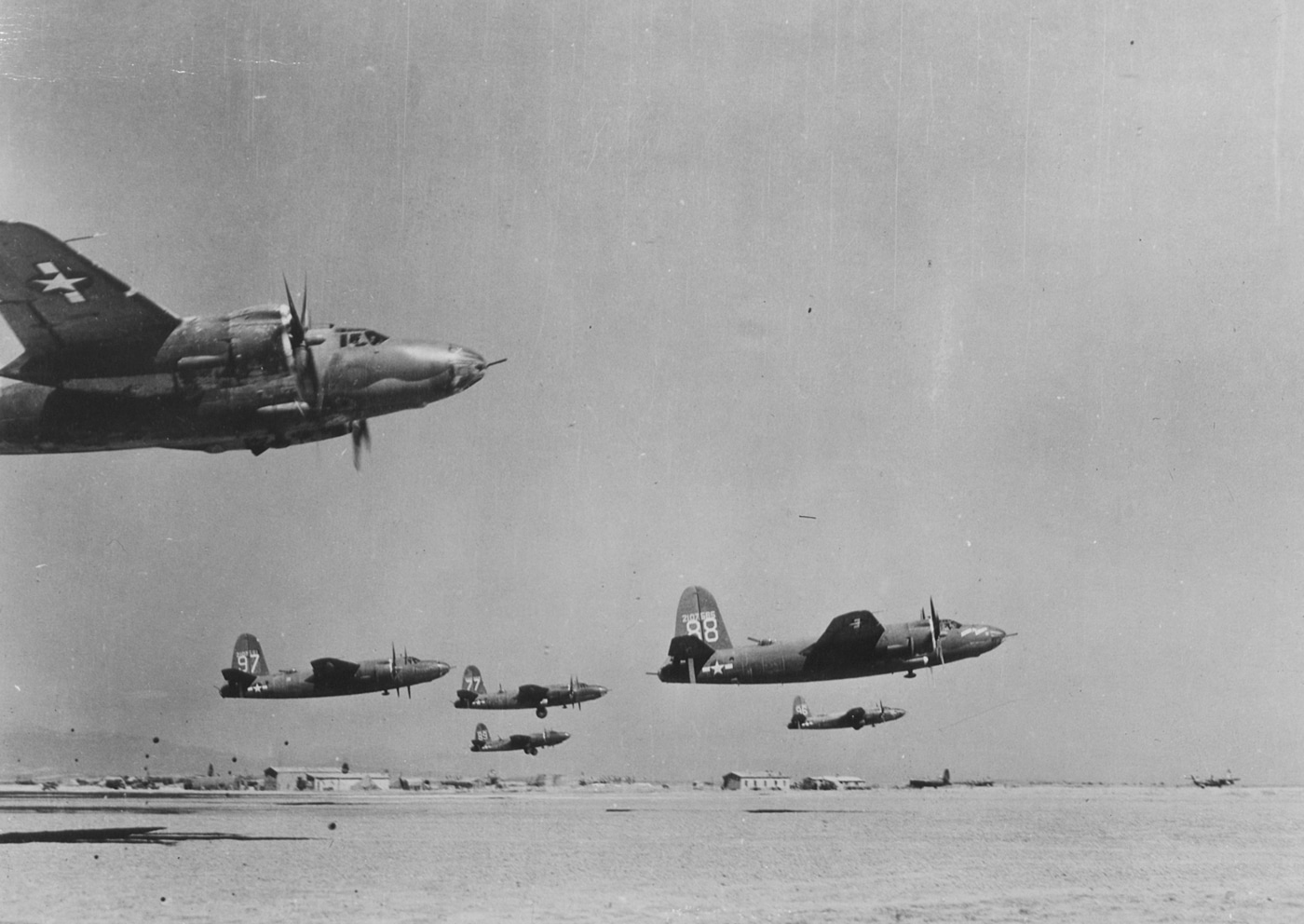
While in France, the Marauder successfully performed medium-altitude bombing runs and struck bridges, railways, and V-1 rocket launch sites.
The U.S. Army Air Corps wasn’t the only air force to fly the Marauder. The RAF was allocated 52 aircraft under the Lend-Lease Act. The RAF put their Marauders to good use, using torpedoes to sink supply ships and shoot down Italian and German transports on missions between Italy and North Africa. Free French, Australian, South African, and Canadian aircrews also flew the B-26 in combat.
Gunship
Beginning with block 10 production, Marauders were modified with added armor to protect the pilot and co-pilot, and the six .50 caliber machine guns in the forward section were increased to twelve so the Marauder could perform strafing runs.
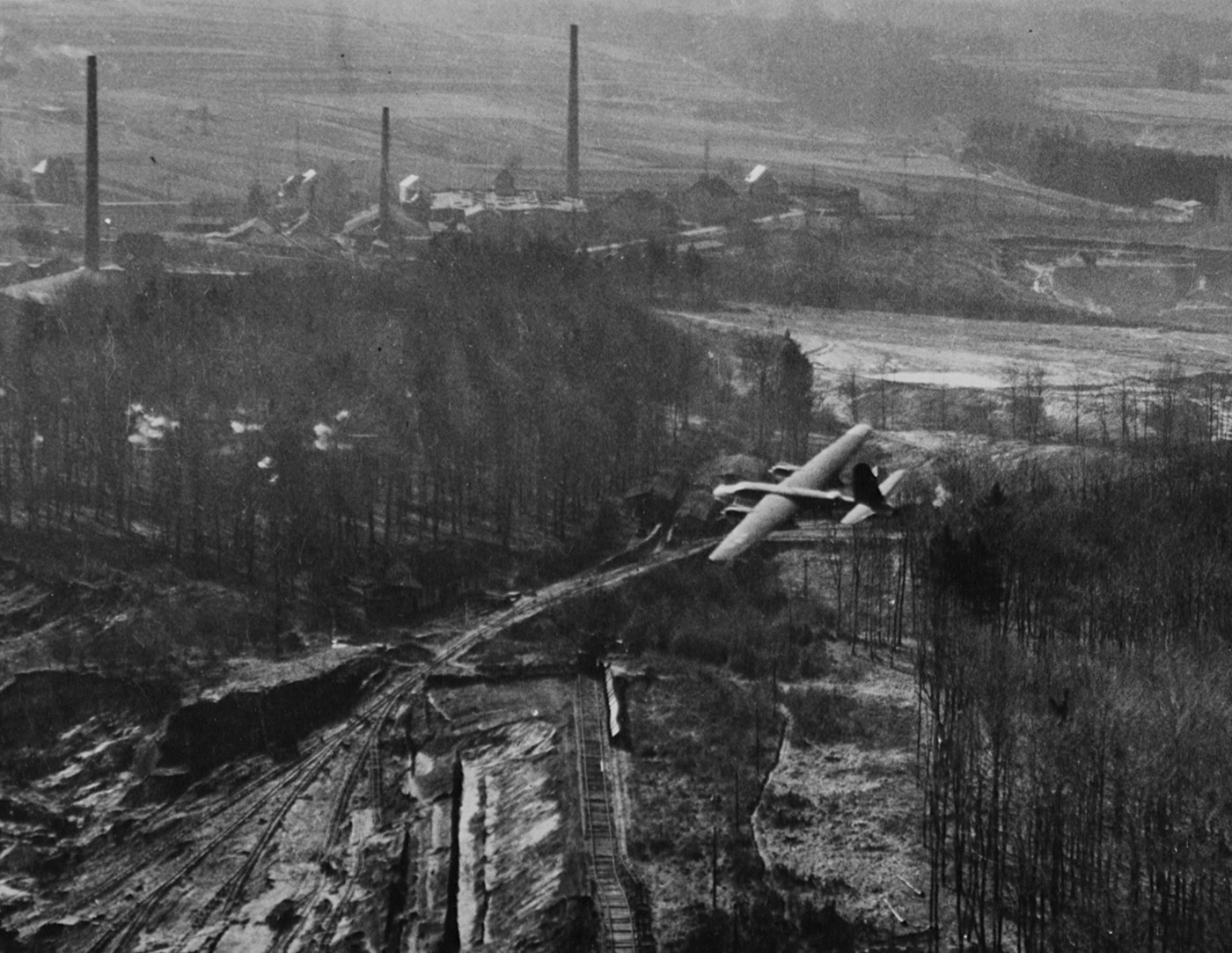
Before and during the D-Day Normandy invasion, Marauders flew low-level bombing and strafing sorties at Utah Beach, which helped reduce Allied casualties.
The Legacy
The Marauder was phased out close to the end of World War II, with its last combat mission on May 1st, 1945, against the German Garrison at Île d’Oléron. A total of 5,288 Marauders were produced.
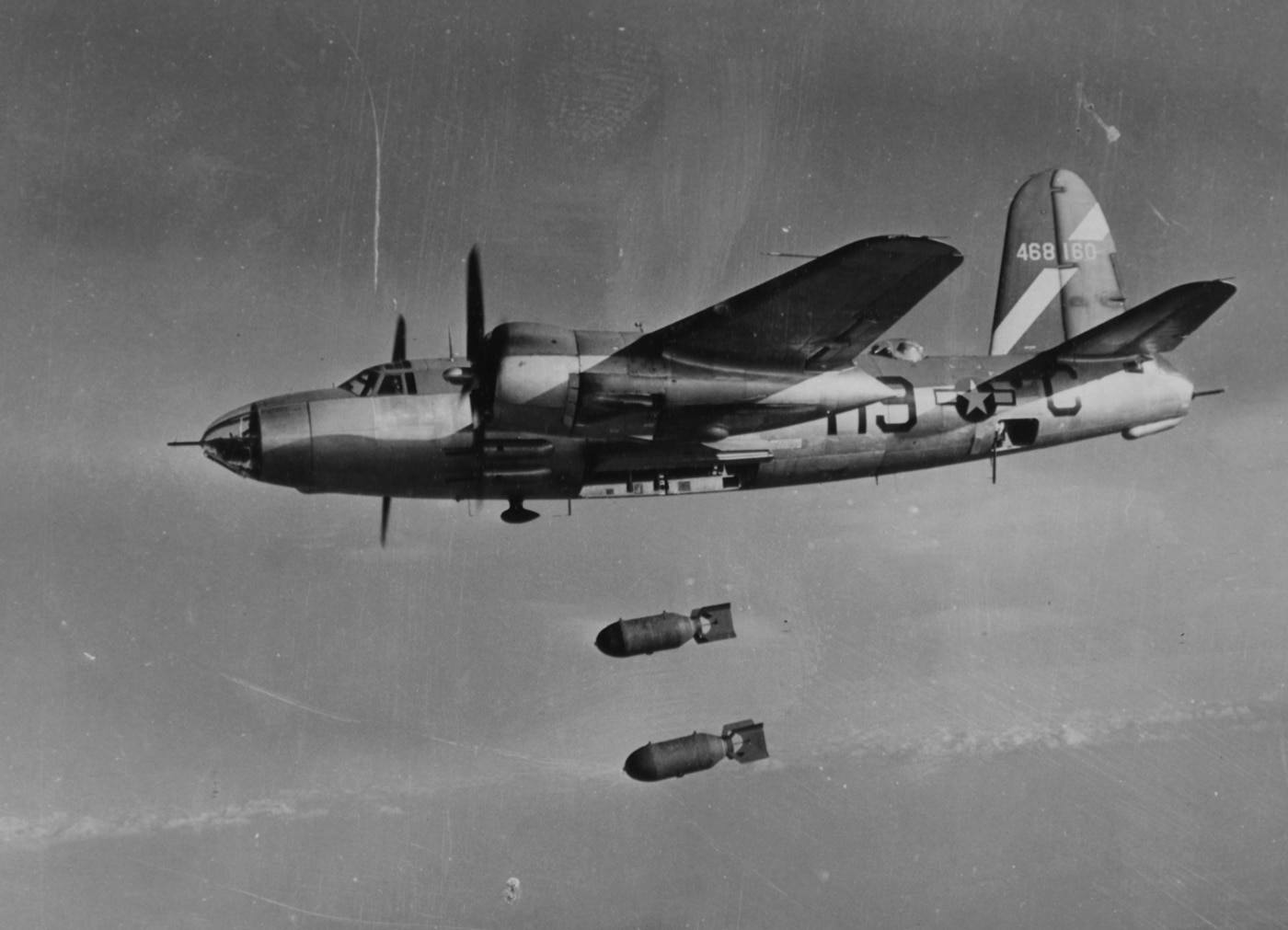
It flew more than 110,000 sorties, dropped 150,000 tons of ordnance, and ended the war with the lowest attrition rate of any combat aircraft flown — less than one-half of one percent. Not bad for a plane that started its service history as the Widowmaker.
Editor’s Note: Please be sure to check out The Armory Life Forum, where you can comment about our daily articles, as well as just talk guns and gear. Click the “Go To Forum Thread” link below to jump in and discuss this article and much more!
Join the Discussion
Read the full article here


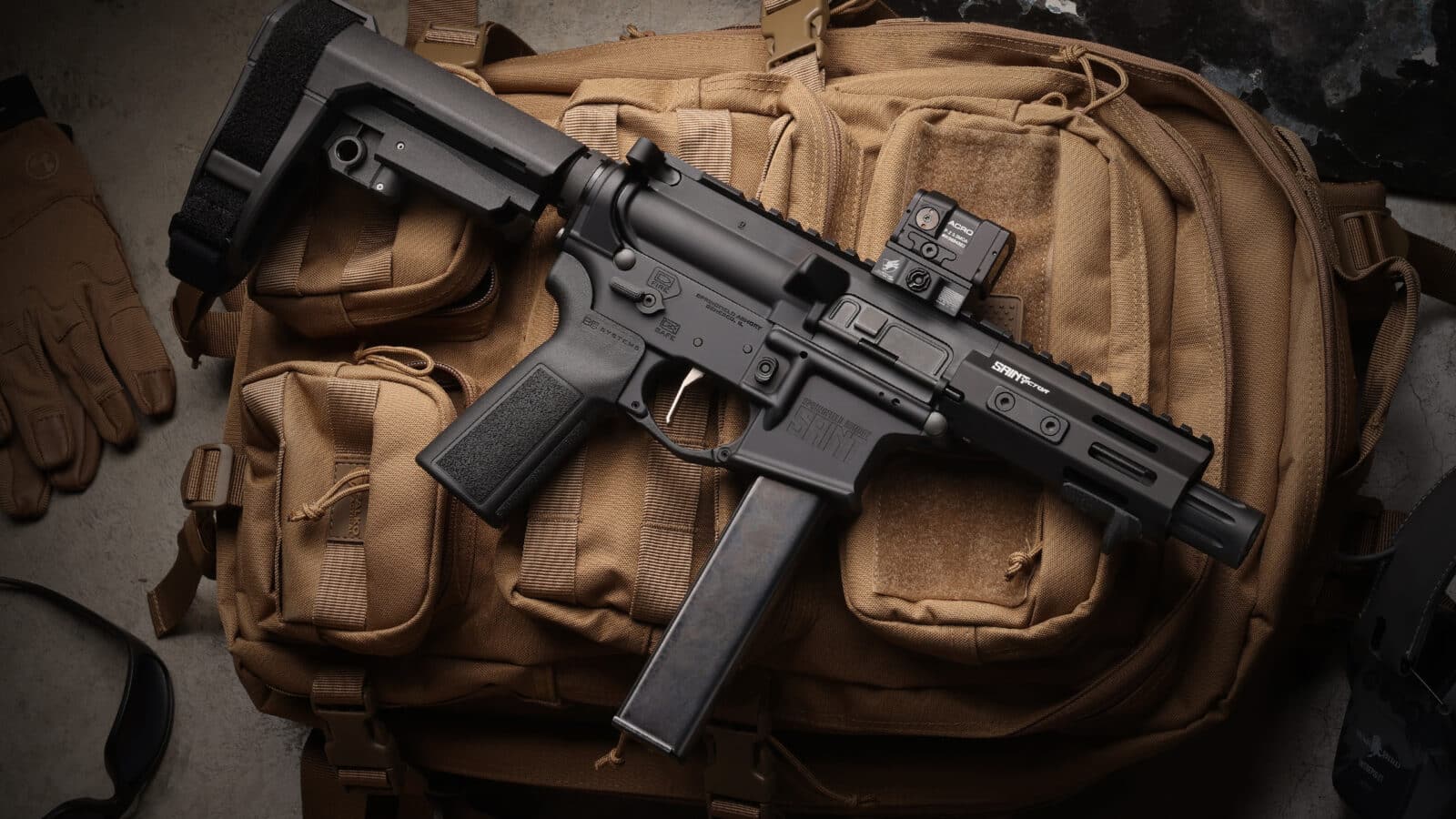


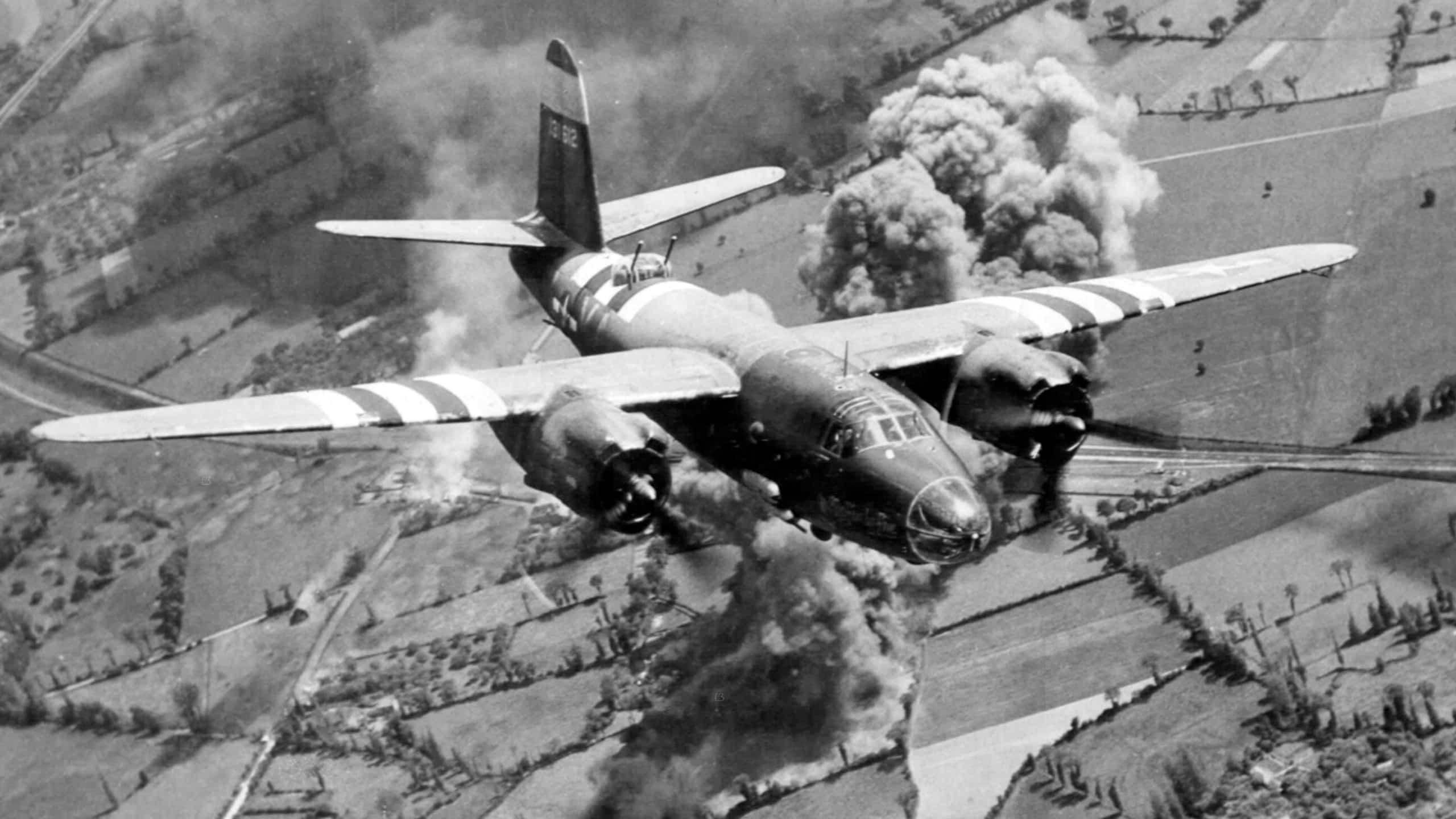






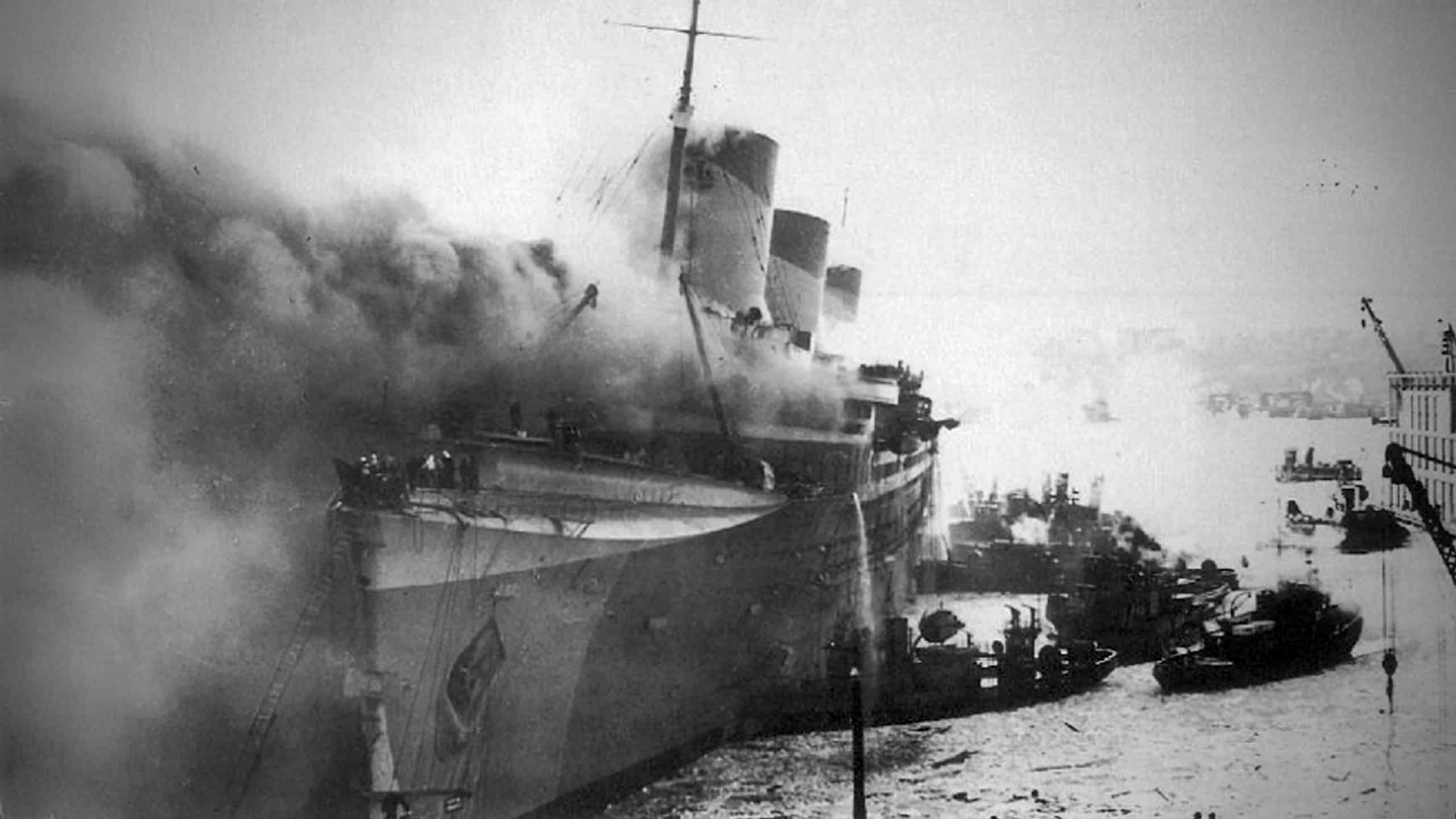



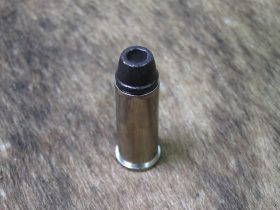
Leave a Reply